Study: Patient-centered medical-home pharmacists aid care, costs

Some PCMHs have begun employing full-time pharmacists, and based on the pilot program's results, the U.S. Army is funding the program’s expansion to the remaining Army medical treatment centers, with a goal of one pharmacist per 6,500 enrolled beneficiaries.
“We quantified the number of interventions and the costs avoided to yield an estimate of what costs would have been had we not done these interventions,” LTC Mark Maneval, assistant of chief of operations in Tripler’s pharmacy department. “When you do the math, you divide $5.1 million in costs avoided by $1.4 million in salary expenses (including benefits). That yields a return on investment of approximately 3.6(:1).”
PCMHs aim to tailor their services to patients and to ensure the resources that are needed are available. Staff pharmacists would be able to prevent overlapping adverse effects of negative combinations in those with complex medication regimens. The report said pharmacists can consult with patients in between sessions with their primary-care physicians or specialists. At Tripler, pharmacists are given full clinical privileges, which include writing and adjusting prescriptions.
“Quantifying the value of what clinical pharmacists do is directly dependent upon the quality of those clinical pharmacists,” Maneval said. “Our clinical pharmacists are stellar performers. They care about patients, they care about outcomes and they care about what direction the pharmacy profession is going. They are a model for why pharmacists should be given provider status.”

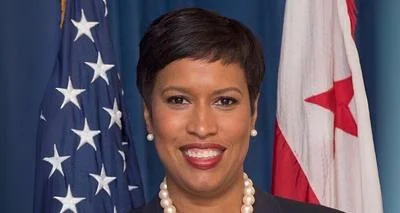
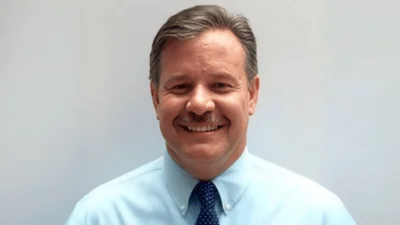
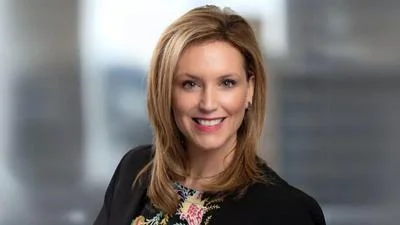
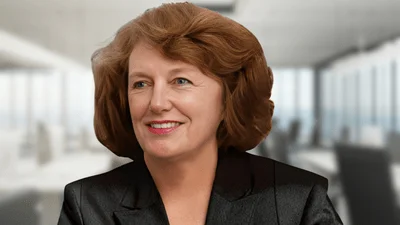
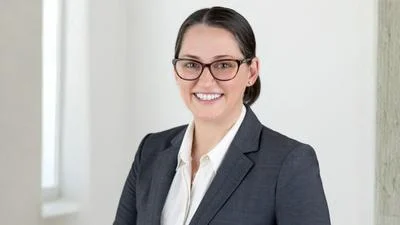
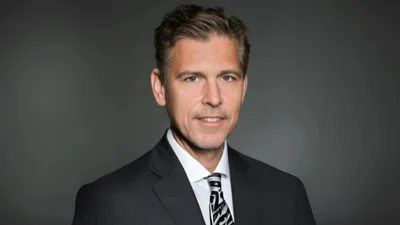
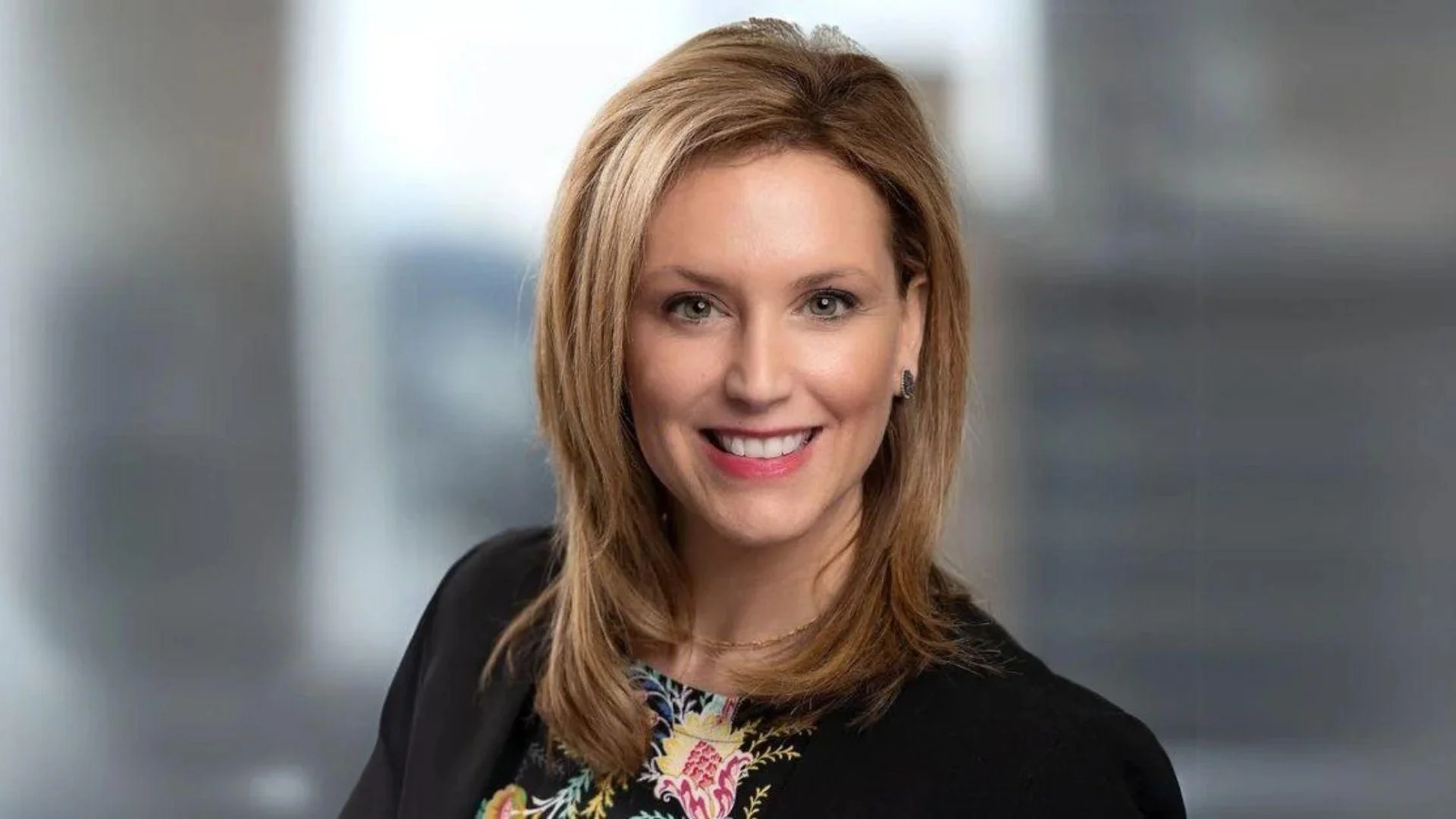
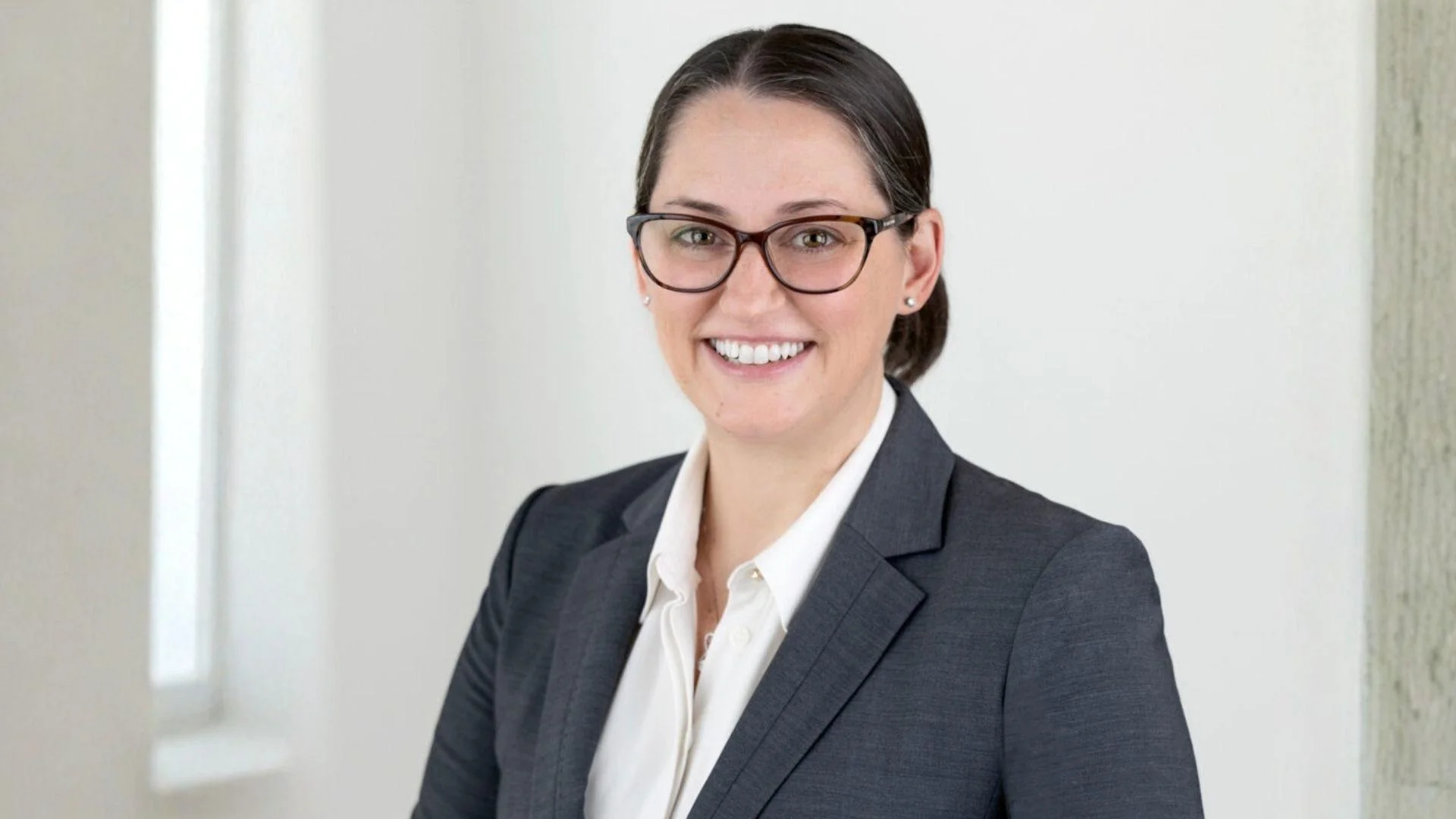
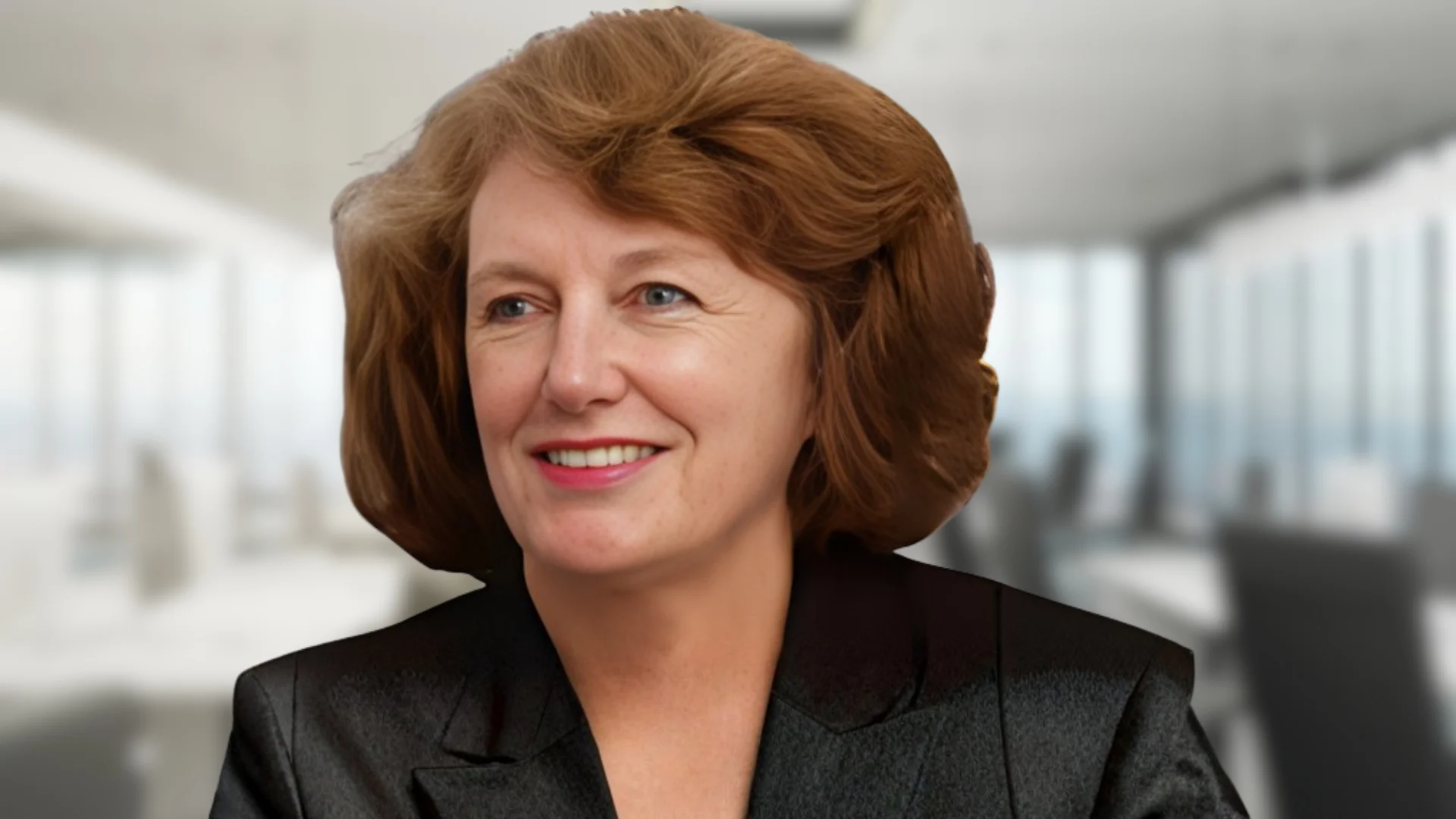
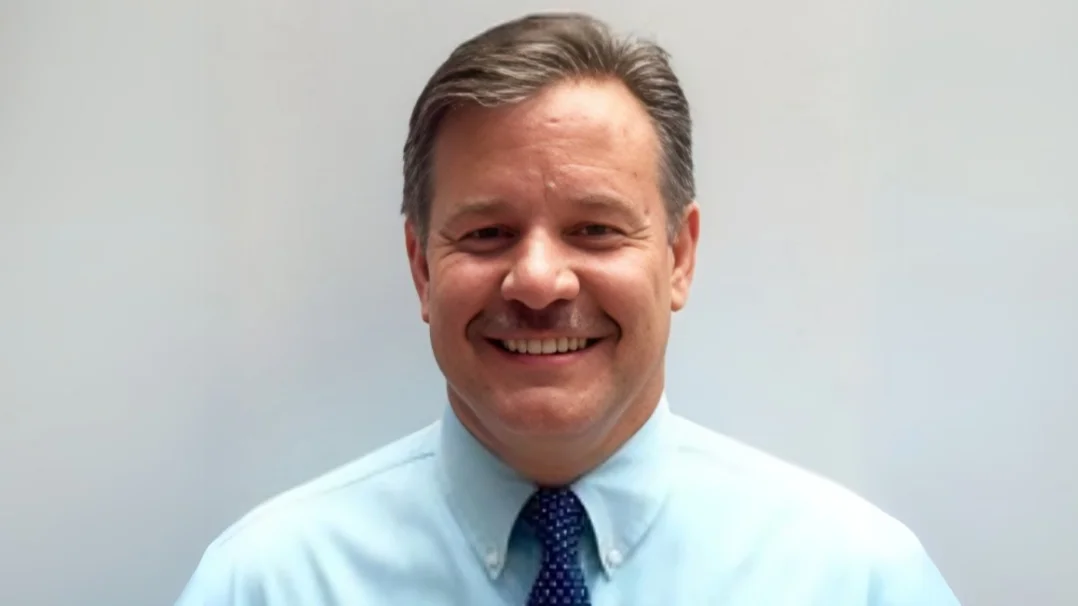
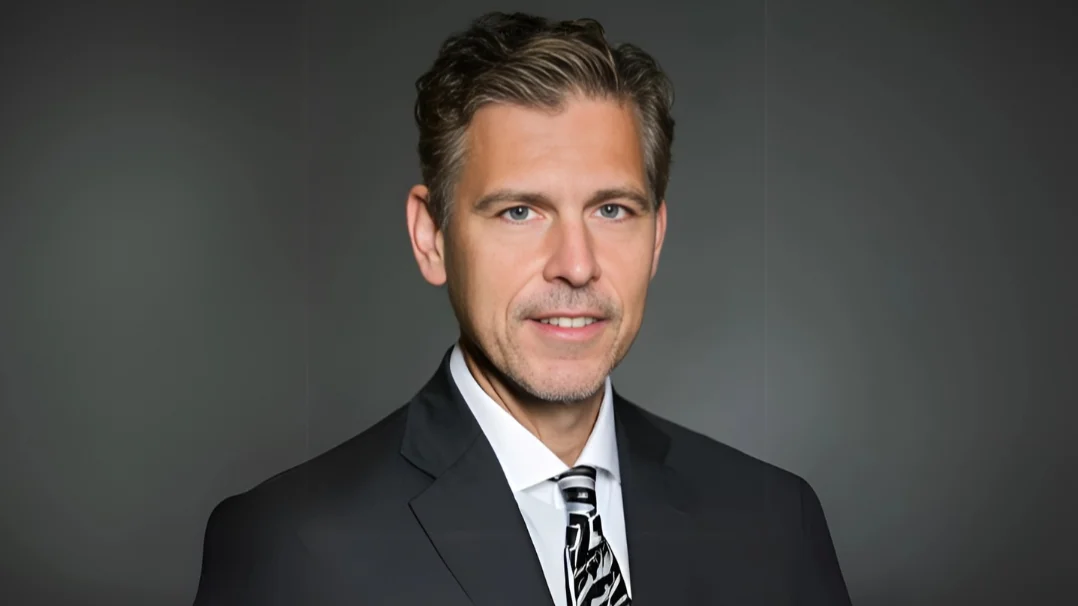
 Alerts Sign-up
Alerts Sign-up